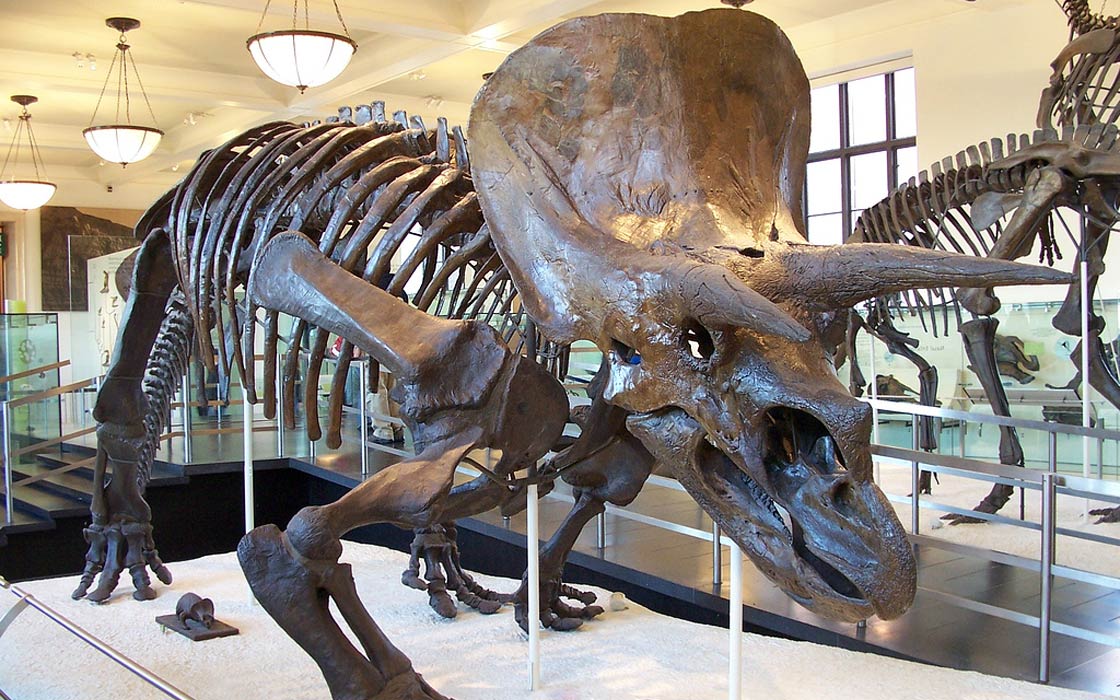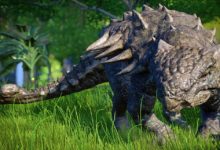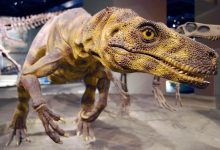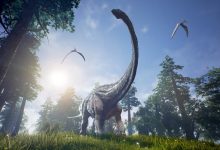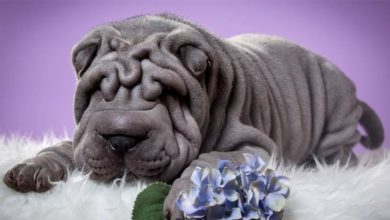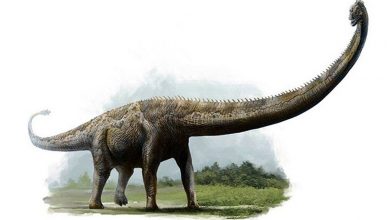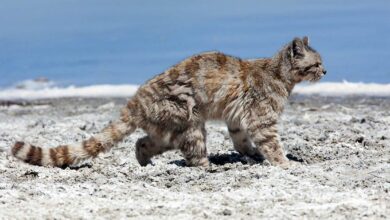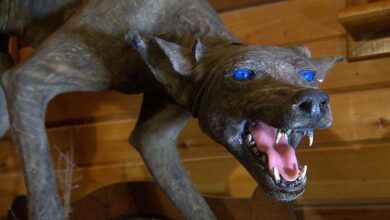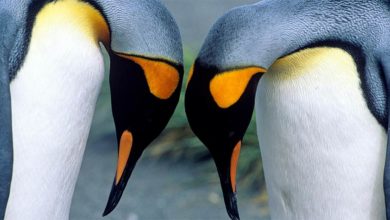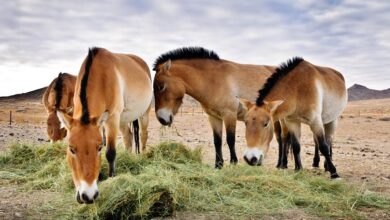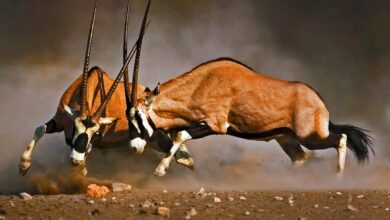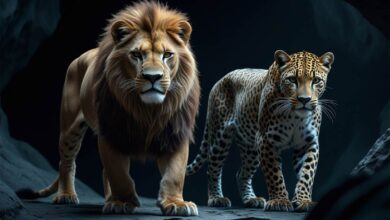Triceratops – one of the best-known dinosaurs
Triceratops – “three-horned face”
Triceratops is one of the largest representatives of the Ceratopsidae, which were characterized by their horns and their neck shield, and one of the most famous dinosaurs of all. Triceratops lived at the end of the Upper Cretaceous in North America. The fossils of one of the last dinosaurs to live on Earth, the Triceratops, are so common that many specimens do not accumulate at all.
Characteristic
The Triceratops (“three-horned face”) was a large horned dinosaur, 9 meters (29.5 feet) long and weighing about 10-12 tons. While Ceratops’ horns and ruffles were sometimes useful for defense, they probably evolved more as recognition and for ritual mating fights.
Ceratops’ horns and collars were as varied as, for example, the horns of today’s African antelopes. As in modern antler animals, the shape and position of the ceratops’ horns caused them to wedge during the engagement of two males fighting for females or territory. This reduced the risk of serious injuries during such duels, although there are some specimens with pierced collars.
Some of these damages may be disease-related, but others may be a memento of rivals’ horns. The animal might have puffed out the collar for show. The sight of a male with his muzzle lowered and neck frill raised must have made a great impression on the female of his species. Probably such a sight also discouraged smaller rivals.
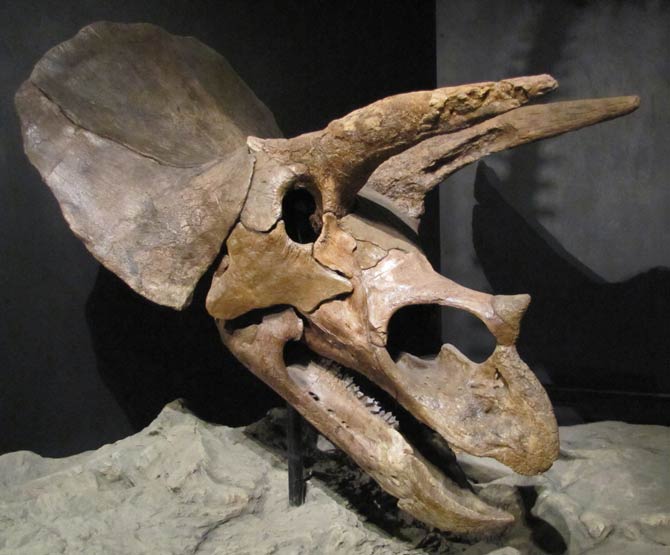
Teeth
Ceratops had many rows of tightly packed teeth for cutting and grinding the hard parts of plants. Presumably foraging, they grabbed a low-growing shoot or branch at the base with their sharp beak, and then broke it off with a quick tilt of the head. Then they chopped and crushed the food with their teeth in their strong jaws.
The complete skeleton of Triceratops has not yet been found, but many partial skeletons have been found since their discovery in 1887. The functions of frills (shields) and horns have been discussed for a long time. Traditionally, they were considered as a defensive weapon against predators, but according to modern ideas, it is much more likely that they were used primarily in courtship and to fight relatives, like the antlers of modern deer, mountain goats, or rhinoceros. We write more about it below.
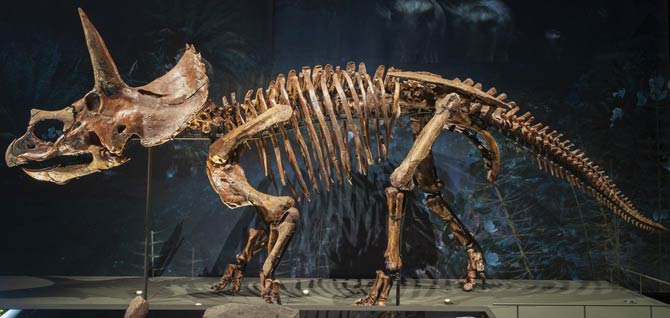
Skull
The skull of Triceratops was very large and massive. Viewed from above, it had a roughly triangular shape, which was due to the pointed muzzle and the wide cheek region.
Their most striking feature is the largest skull among land animals. It could reach more than two meters in length, despite the fact that it accounted for almost a third of the animal’s body length. Triceratops had one horn above the nostrils and two-meter horns above each eye. A relatively short collar was located at the back of the skull. Most other Ceratopsids had large windows in the collar, while the collar of Triceratops consisted of solid bone.
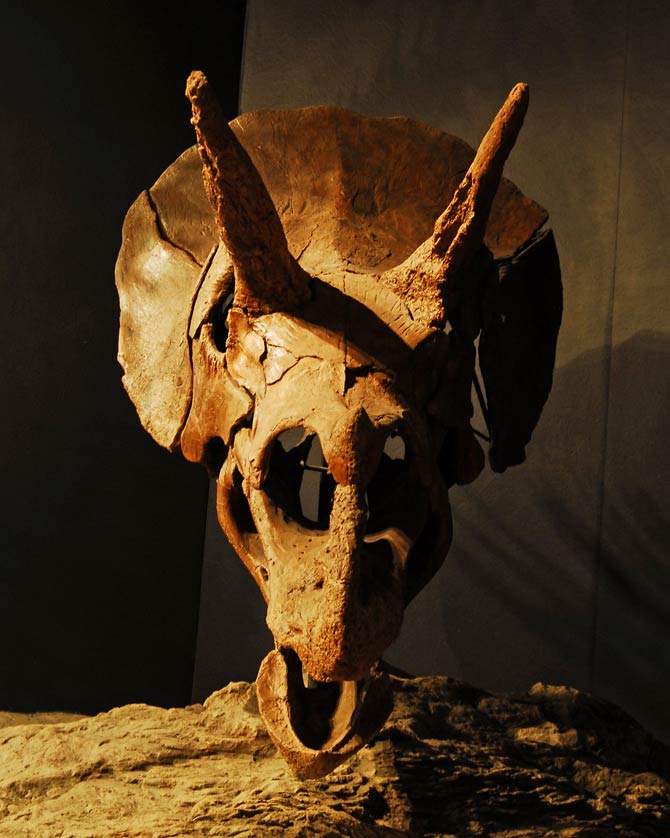
Horns
A number of studies by scientists on the skulls of Triceratops suggested that the horns of these dinosaurs were a means of communication and a distinctive feature of the species. Andrew Fark, head of the research team at the Raymond Alpha Californian Paleontological Museum, as a result of studies of traces of damage found on hundreds of fossils, suggested that the horns could also be used in battles with their own kind.
Richard Lull has also suggested that the collar may have served to attach the jaw muscles to increase the force of jaw clenching. This idea has been supported by many researchers over the years, but subsequent studies have not confirmed this.
For a long time, it was believed that the horns and collar were designed to protect against predators such as Tyrannosaurus. This interpretation was first proposed in 1917 by Charles Sternberg, and 70 years later it was widely considered by Robert Becker. However, at present, herbivorous animals, as a rule, cannot use horns as an effective defense against predators that are close to themselves in size. And thus, it is unlikely that the Triceratops resorted to aggressive defenses when other options remained to avoid the predator.
There is evidence that Tyrannosaurus rex attacked living Triceratops, as a Triceratops skull was found with healed Tyrannosaurus rex teeth marks on the frontal horn, as well as on the scaly bone. It is also known that the tyrannosaurus ate Triceratops. This is evidenced by the traces of teeth on the sacrum and the ilium, as well as the heads of Triceratops, cut off from the body with traces of the teeth of tyrannosaurs.
There are also fossils, possibly demonstrating that adult Triceratops could have been successfully attacked by much smaller tyrannosaurids (possibly young tyrannosaurs or Nanotyrannus). This is not surprising, since modern predatory sauropsids such as birds of prey and Komodo dragons lizards are capable of killing prey much heavier than themselves.
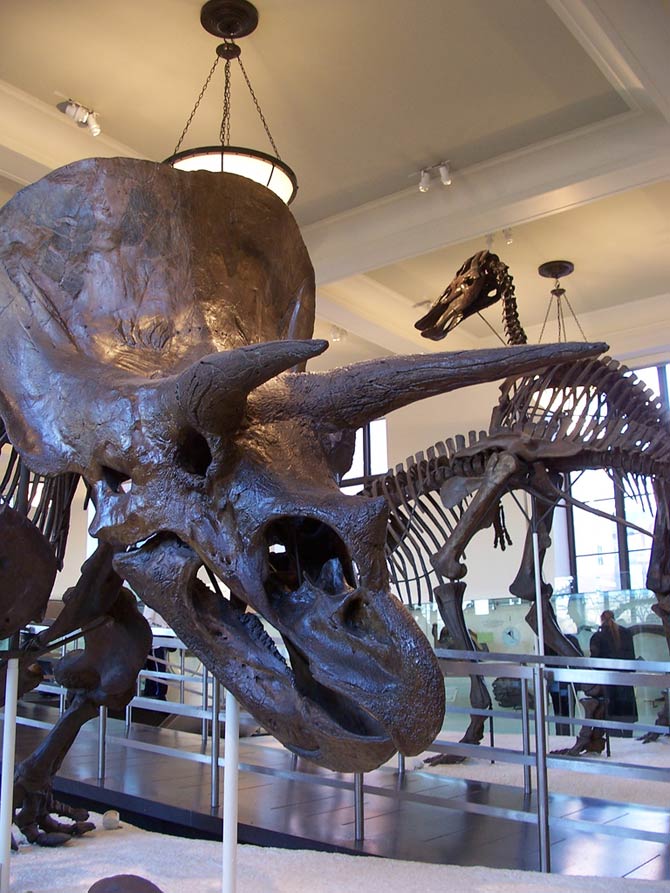
Classification – controversy
Although Triceratops is the most famous of the ceratopsids, the exact position of this genus in the family has been controversial. Currently, two species are considered valid, Triceratops horridus and Triceratops prorsus, although others have been erroneously described. Research in 2009 suggested that Triceratops was a juvenile Torosaurus, a distinct species of related Ceratopsids, but later research has disproved this.
Biology
Although Triceratops are usually depicted as herd animals, there is currently little evidence that they lived in herds. Probably only cubs gathered in groups.
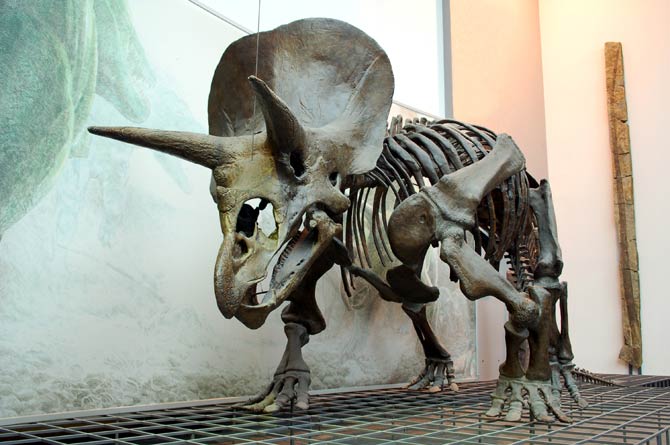
Detailed data / dimensions (size)
Triceratops
- Length: 8-9 meters (26 – 29.5 ft)
- Height: 3 m (10 ft)
- Weight: 10-12 tons
- Horns: up to 1.2 m (4 ft)
- Skull length: 2.5 m (8.2 ft)
- Lived: 68-66 million years ago
- Food: leaves of the trees
- Occurrence: North America
Classification
- Kingdom: Animalia
- Phylum: Chordata
- Clade: Dinosauria
- Order: †Ornithischia
- Family: †Ceratopsidae
- Subfamily: †Chasmosaurinae
- Tribe: †Triceratopsini
- Genus: †Triceratops
- Type species: †Triceratops horridus
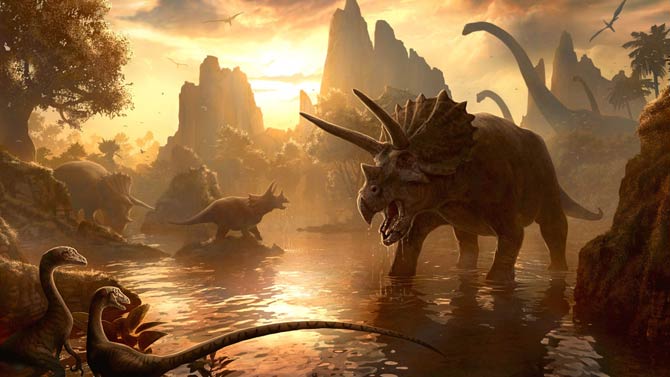
Recommended
- The longest dinosaurs. Sauropods Top 10
- The heaviest dinosaurs – Top 10
- The longest predatory dinosaurs. Theropods Top 10
- The heaviest predatory dinosaurs Top 10
- The longest Ornithischians (Ornithischia) TOP 10
- The heaviest Ornithischians Top 10
- The largest raptors (dromaeosaurs) Top 10
- The heaviest Dromaeosaurids / dromaeosaurs – Top 10
- The longest Ankylosaurus Top 10
- The heaviest Ankylosaurus Top 10
- The longest ceratopsians
- The heaviest ceratopsians
- The longest and largest ornithopods
- The heaviest ornithopods Top 10
- The longest Stegosaurians (Stegosauria) TOP 10
- The heaviest Stegosaurians (Stegosauria) Top 10
- The smallest sauropods Top 10
- The smallest dinosaurs Top 10
- The largest pterosaurs Top 10
- Dinosaurs
- Dinosaurs database
- Predatory dinosaurs
- Animals & dinosaurs records
- The fastest animals – Top 100
- The fastest birds – Top 10

